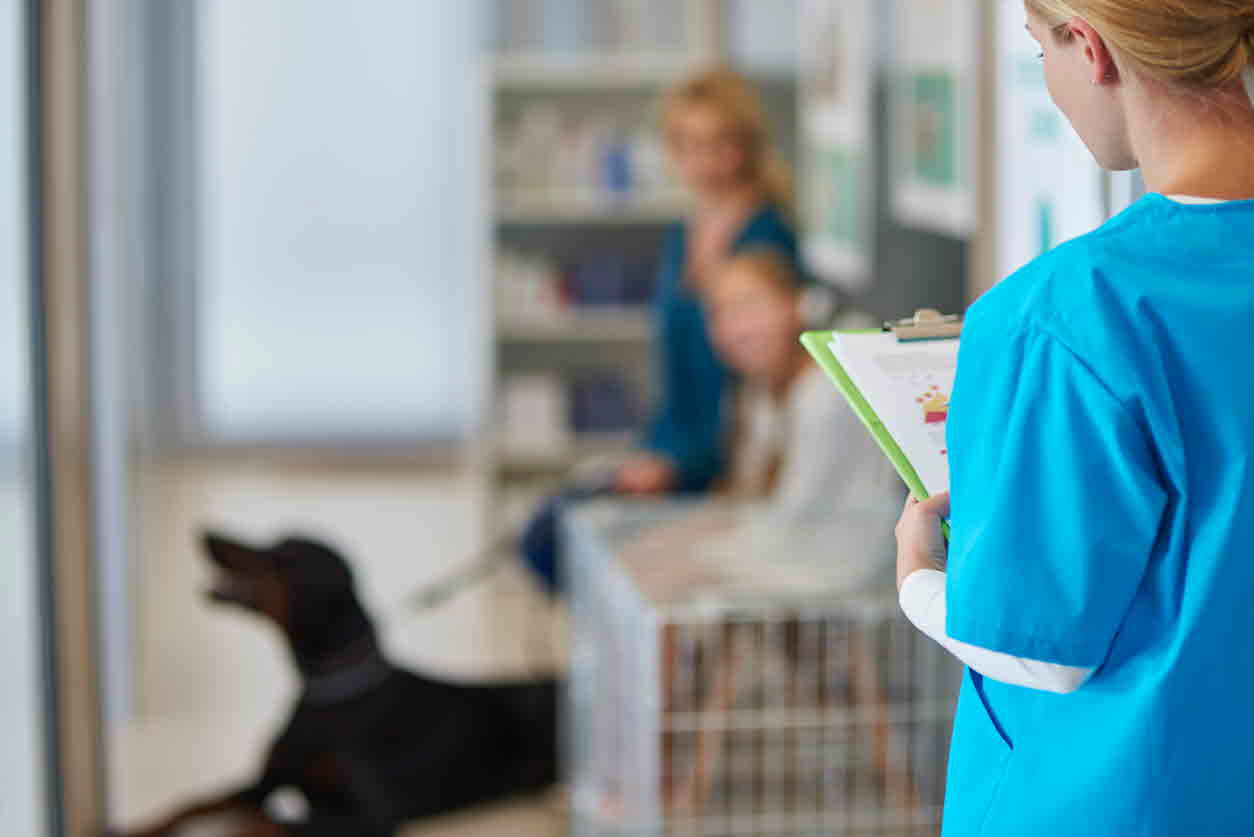
When it comes to taking your pet to the pet dentist, you need to be sure that they are in the very best hands. More and more there are people advertising anesthesia-free dentistry for pets. It is important to understand that these people are not sufficiently trained in pet dentistry and these services can mask underlying dental disease.
Why does my pet need an anesthetic for a dental procedure?
Have you ever wondered why your vet doesn’t offer anesthesia-free dentistry as an option to treat dental disease?
Without an anaesthetic, it is impossible to perform a complete and thorough examination of your pet's mouth, and there is simply no way anyone can correctly diagnose or treat dental problems while your pet is awake.
Did you know that many of the major molars are situated right up the back of the mouth and are very difficult to even visualise while your pet is awake? And let’s not forget, if your pet is not anaesthetised while all the teeth are assessed, it puts the handlers (vets, nurses and pet owner) in danger of being bitten.
If your veterinarian has recommended your pet has a dental procedure it is vital that you follow their advice.
What’s wrong with anesthesia-free dentistry?
Anaesthesia-free dentistry is purely cosmetic. It involves removing the tartar from the part of the tooth that is visible but it is impossible to clean under the gum line effectively and correctly.
This technique does not fix the source of the problem or enable healing and reversal of the dental disease. It means the tartar is not removed from where it can cause the most damage (to the attachments to the teeth beneath the gum line) and whilst it may look good, it can potentially mask serious underlying disease and lead to complications in the future.
Any dental procedure done without an anaesthetic can also have a negative psychological impact on your pet. If your pet is not anesthetised, correct cleaning and treatment of diseased teeth can cause your pet unnecessary pain and stress. It's also important to realise that a thorough dental examination requires a patient to be completely motionless for procedures such as radiographs and probing.
What happens during a dental procedure?
When your pet is anaesthetised, your vet will thoroughly clean the teeth including the area under the gums using an ultrasonic dental scaler. It is essential to understand that this cannot be done correctly if your pet is awake!
Radiographs can be also taken to rule out any problems such as hidden and painful lesions (common in cats and known as resorptive lesions), a diseased root or problems in the jaw bone (such as a tumour). The teeth can be safely probed with special dental instruments and the results recorded on a cat or dog dental chart. This is a critical part of a dental procedure and is especially important for ongoing monitoring of dental disease.
If a diseased or broken tooth is found while your pet is asleep, your vet will be able to perform dental surgery to safely remove the tooth. This requires careful planning and skill but this is what your vet is trained to do. Your pet will also receive the appropriate pain relief and if necessary, antibiotics.
After a dental procedure, your veterinarian will monitor your pet’s dental health to help ensure a healthy mouth and reduce the likelihood of any issues in the future. This may involve follow up dental checks, a prescription dental diet and demonstrating how to brush your pet’s teeth. In more difficult cases, your pet may be offered referral to a specialist pet dentist (someone who completed at least another four years of specialist training in animal dentistry).
Remember, it is absolutely crucial that animal dental procedures are only be made by a vet so if you have any questions about your pet's dental health you should ask your veterinarian.
You can read more about why anaesthesia-free dentistry is not appropriate for your pet on the Australian Veterinary Association website.
